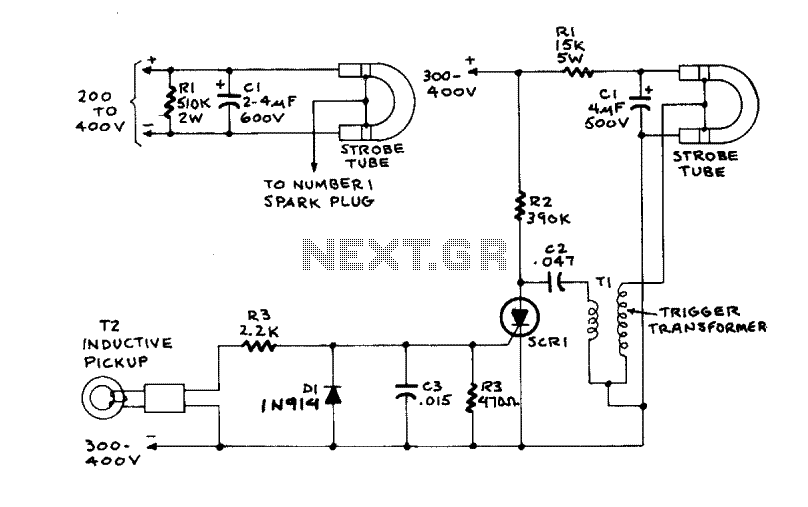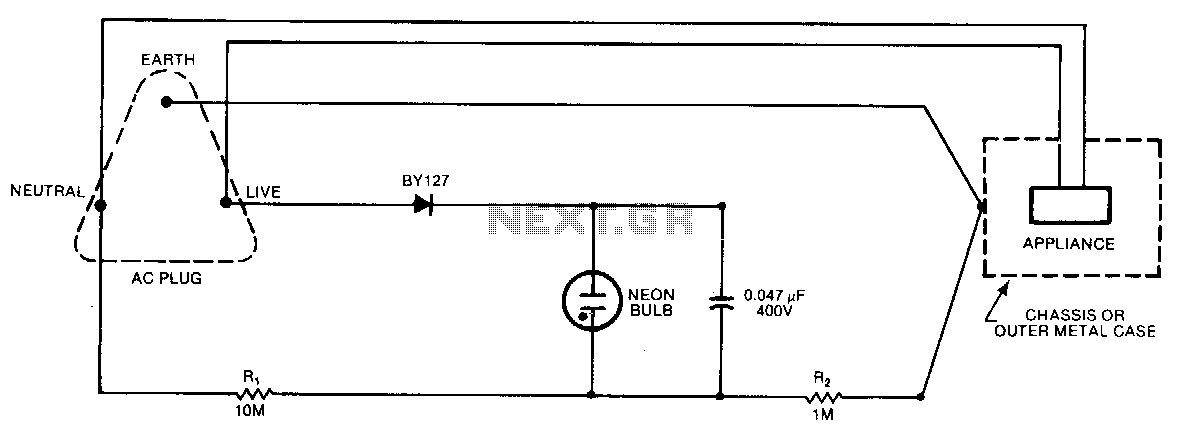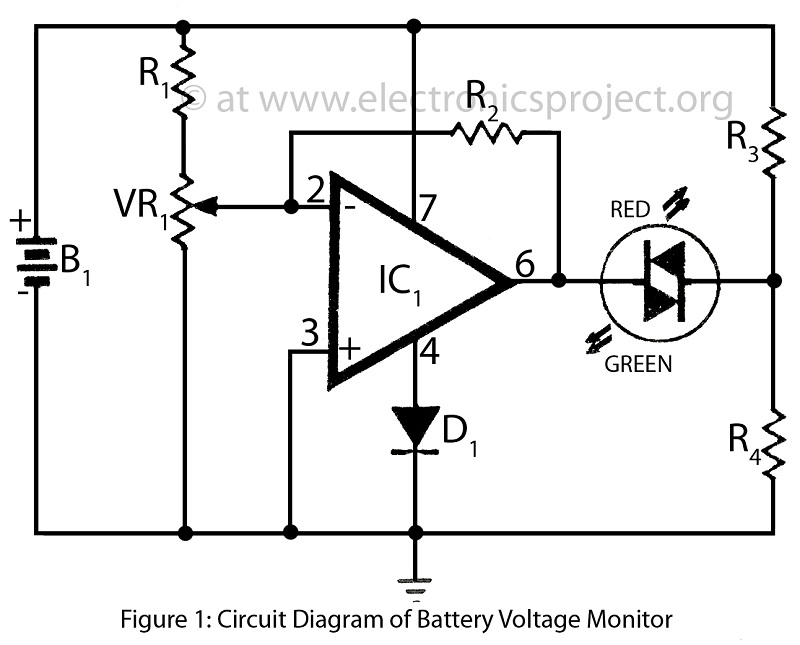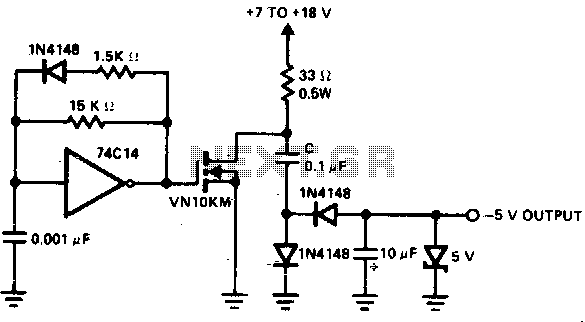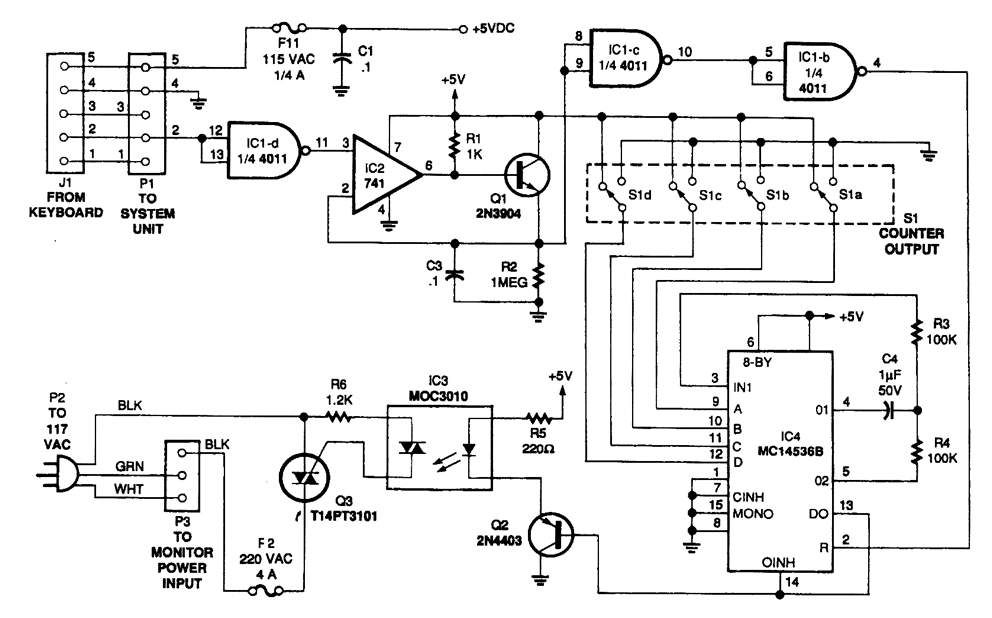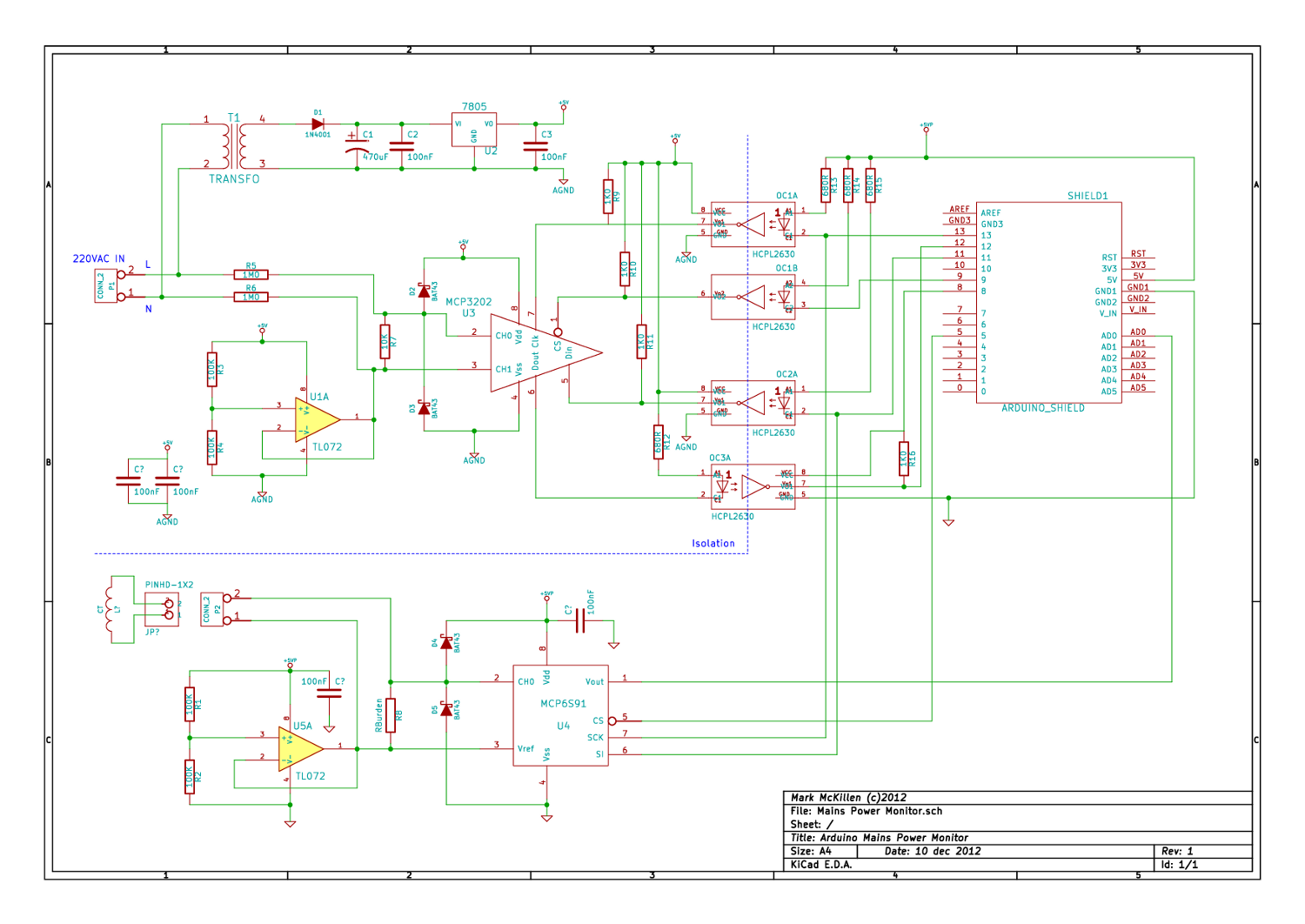
ELF MONITOR
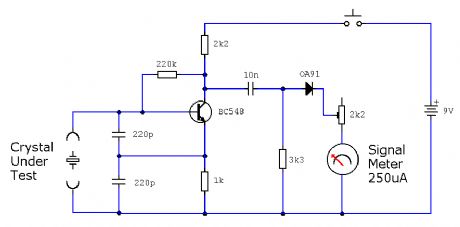
The capacitor instrument is not intended for measuring the capacitance of capacitors; rather, it is designed to identify whether a capacitor is functional or defective, as well as to detect short circuits or open circuits. This functionality provides reliable quality assurance during circuit production, helping to minimize unnecessary issues in circuit assembly. The instrument can identify capacitors ranging from 1 pF to 1 F.
The capacitor testing instrument operates on the principle of applying a known voltage to the capacitor under test and monitoring the response. The circuit typically consists of a voltage source, a microcontroller or comparator for signal processing, and display elements for output indication.
The testing process begins by charging the capacitor with a specific voltage. The instrument measures the time it takes for the capacitor to charge to a predetermined threshold voltage. This time is then compared against known values to determine the capacitor's condition. If the capacitor charges too quickly, it may indicate a short circuit; if it does not charge at all, this could signify an open circuit.
Additional features may include a digital display to show capacitance values, a buzzer for audible alerts when a defective capacitor is detected, and a range switch to accommodate different capacitance levels. The design may also incorporate safety features such as discharge circuits to prevent damage to the components or accidental shocks.
The circuit schematic would illustrate the connections between the voltage source, the test capacitor, the microcontroller, and the output indicators. Key components might include resistors to limit current, capacitors for filtering, and diodes for protection against reverse polarity. Overall, this instrument is an essential tool in electronic manufacturing and repair, ensuring that only functional capacitors are used in circuit assemblies.Capacitor instrument is not to be used to measure the capacity of the capacitor but for identifing good or bad and short circuit or open circuit, then it provides a reliable quality assurance for the production of circuit to reduce the circuit making unnecessary trouble. The circuit is shown as figure. The instrument can identify 1pF ~ 1 F capaci tors. (View) 🔗 External reference
The capacitor testing instrument operates on the principle of applying a known voltage to the capacitor under test and monitoring the response. The circuit typically consists of a voltage source, a microcontroller or comparator for signal processing, and display elements for output indication.
The testing process begins by charging the capacitor with a specific voltage. The instrument measures the time it takes for the capacitor to charge to a predetermined threshold voltage. This time is then compared against known values to determine the capacitor's condition. If the capacitor charges too quickly, it may indicate a short circuit; if it does not charge at all, this could signify an open circuit.
Additional features may include a digital display to show capacitance values, a buzzer for audible alerts when a defective capacitor is detected, and a range switch to accommodate different capacitance levels. The design may also incorporate safety features such as discharge circuits to prevent damage to the components or accidental shocks.
The circuit schematic would illustrate the connections between the voltage source, the test capacitor, the microcontroller, and the output indicators. Key components might include resistors to limit current, capacitors for filtering, and diodes for protection against reverse polarity. Overall, this instrument is an essential tool in electronic manufacturing and repair, ensuring that only functional capacitors are used in circuit assemblies.Capacitor instrument is not to be used to measure the capacity of the capacitor but for identifing good or bad and short circuit or open circuit, then it provides a reliable quality assurance for the production of circuit to reduce the circuit making unnecessary trouble. The circuit is shown as figure. The instrument can identify 1pF ~ 1 F capaci tors. (View) 🔗 External reference
